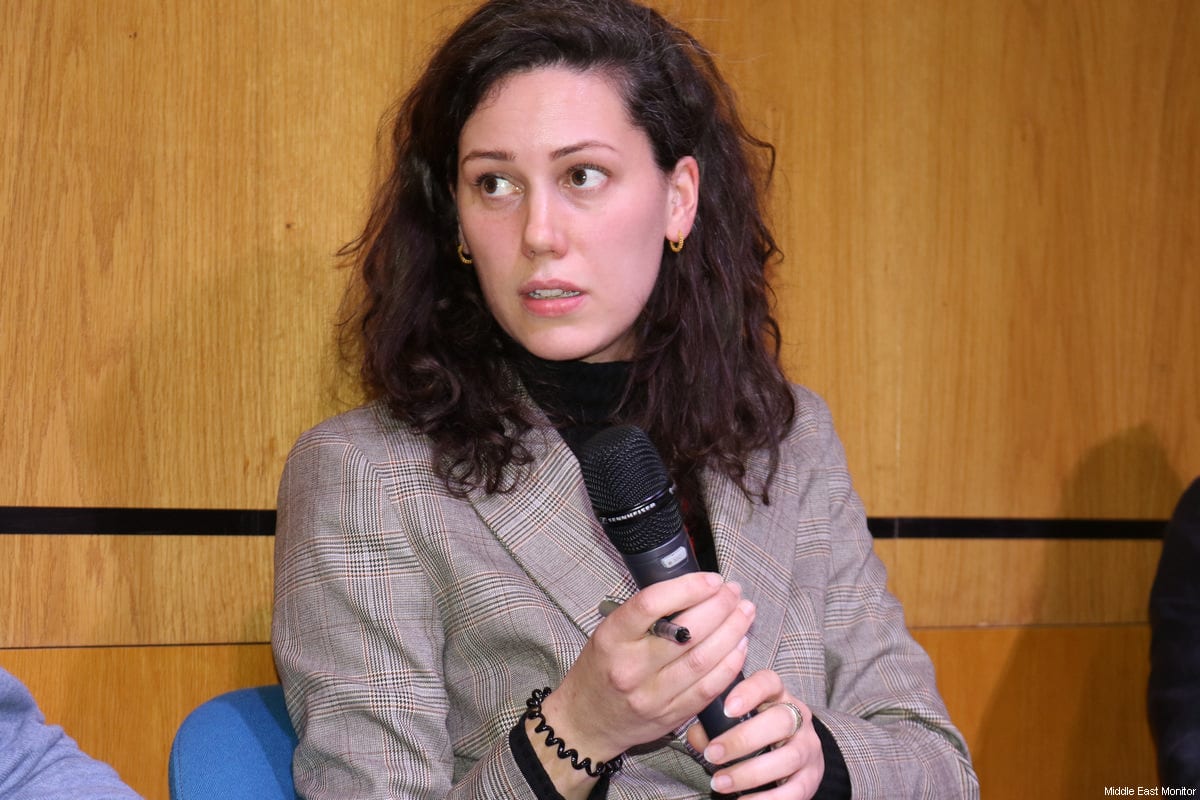This week the UK met its commitment to resettle 1,000 men, women and children from refugee camps around Syria before Christmas in the first stage of a government pledge to receive 20,000 Syrians by 2020. By UK standards, it’s a dramatic improvement given that in September we had taken just 216 through official channels. By European standards, however, we are still many thousands behind.
After the government initially dug in their heels on this issue, the shift policy will be remembered for the power the media holds. Just two months ago UK Prime Minister David Cameron sparked outrage when he described migrants in Calais as “a swarm” of people crossing the Mediterranean in search of a stronger economy and the jobs Britain promised. Then in September he professed he was “deeply moved” after pictures of Aylan Kurdi emerged, the three year-old Syrian boy whose body was washed up on a Turkish beach.
Aylan’s picture was seen by 20 million people in the space of 12 hours, forcing the Syrian refugee issue into the media spotlight across Europe. At home it drew attention to the UK government’s inaction, which in turn prompted celebrities, politicians and members of the public to unite under the hashtag #refugeeswelcome to call on the government to do more. Over 30,000 people signed a petition urging the government to change its strategy and which eventually led to a “rethink” of the UK’s £12 billion international aid budget.
It was about time – the UK was accepting most Syrian refugees who made it here, but by not doing so through official schemes the refugees had to risk the perilous journey to get here first. Some measure of just how dangerous this route was came in a single weekend in April when two ships carrying refugees capsized and over 1,200 were killed, many of whom had been locked below deck by the smugglers.
Yet despite such dangers the numbers fleeing didn’t decrease, they rose. Since January of this year nearly 880,000 men, women and children have crossed the Mediterranean and the Aegan Sea; last year it was 280,000.
Throughout much of the refugee crisis the media has focused on Syrian refugees and given less attention to other nationalities fleeing persecution. In Kent, for example, where refugees often arrive on the back of lorries entering the ferry port of Dover, the majority of young refugees and asylum seekers are actually a mix of Eritreans, Syrians, Afghans, Iranians, Kurds, Sudanese, Albanians and others.
One particular group being overlooked in Kent is Eritreans, despite the fact that the human rights abuses they suffer are well-documented. According to Human Rights Watch, in Eritrea there is indefinite military conscription, no functioning legislature, no independent press or civil society organisations and a highly repressive regime in addition to torture, bad treatment in detention and restrictions on freedom of expression, movement and religion.
At 2.6 million, Afghans made up the world’s largest refugee population for three decades, a status that only changed at the end of 2014 when the number of Syrian refugees reached 3 million. Civilians have lived through the US military invasion of Afghanistan, extended military presence in the country in addition to the Taliban, local Daesh affiliates groups and security forces. There are kidnappings, beheadings, torture and violations of women. Twenty per cent of those arriving by boat in Europe are Afghans but a further 638,000 people are internally displaced.
In Greece, Iraqis arrive by boat alongside Syrians. Internally, 3 million are displaced in Iraq and civilians live in fear of suicide attacks, kidnappings, massacres, executions, enforced disappearances, torture and, more recently, airstrikes from the international coalition. In Libya, following the removal of Gaddafi from power many black Africans were accused of working as mercenaries for the dictator and a campaign of violence was unleashed against them. They have also been on board these boats fleeing the country across the Mediterranean.
Beyond the men, women and children desperately crossing the sea and desert to arrive in Europe, there are refugees across the world who live in camps that look more like permanent homes than temporary shelters. There are some 5 million Palestinian refugees, of whom over 1.5 million live in camps in the surrounding countries and also in Gaza, the West Bank and East Jerusalem.
The Dadaab refugee camp in Kenya, close to the Somali-Kenyan border, is the biggest refugee camp in the world accommodating over 470,000 people, many who have fled the conflict in Somalia. There are hospitals, one with a maternity wing, schools, police stations, graveyards and a bus stop. Dollo Ado in Ethiopia is home to the world’s second largest refugee camp and houses 181,000 Somali refugees.
With this in mind, news in November that the Danish government planned to house refugees in heated tents is disturbing indeed. We would never accept a tent for our families to live in, why should those fleeing persecution?
Syrians, Afghans, Iraqis, Libyans and Somalis are just some of the people who have been forced from their homes. Whether they are crossing the Mediterranean, the desert, living in camps, or simply looking for somewhere safe to call home, our thoughts should be with the 19.5 million refugees worldwide this Christmas. Even more so because we have played our part in displacing them.
The views expressed in this article belong to the author and do not necessarily reflect the editorial policy of Middle East Monitor.











